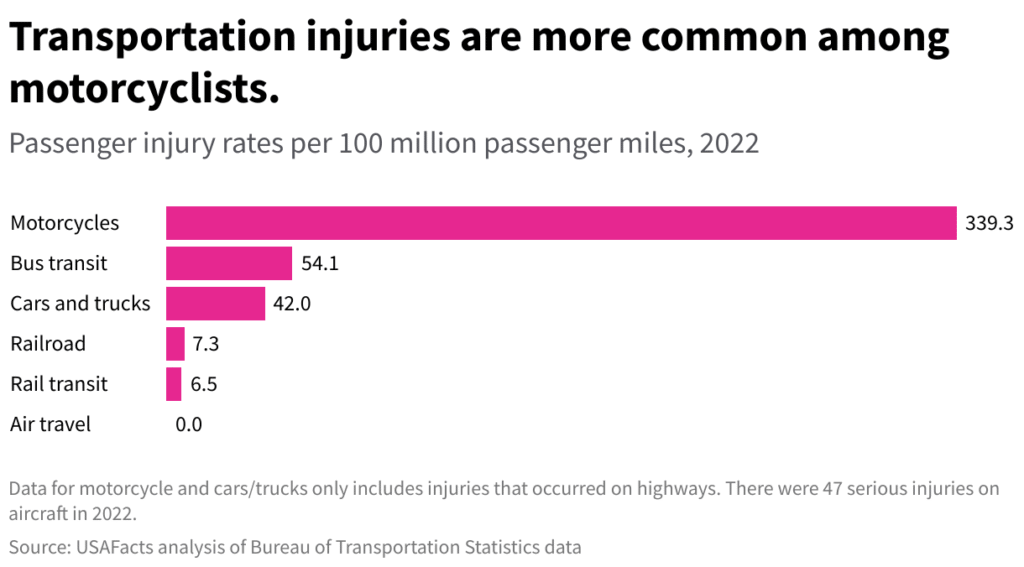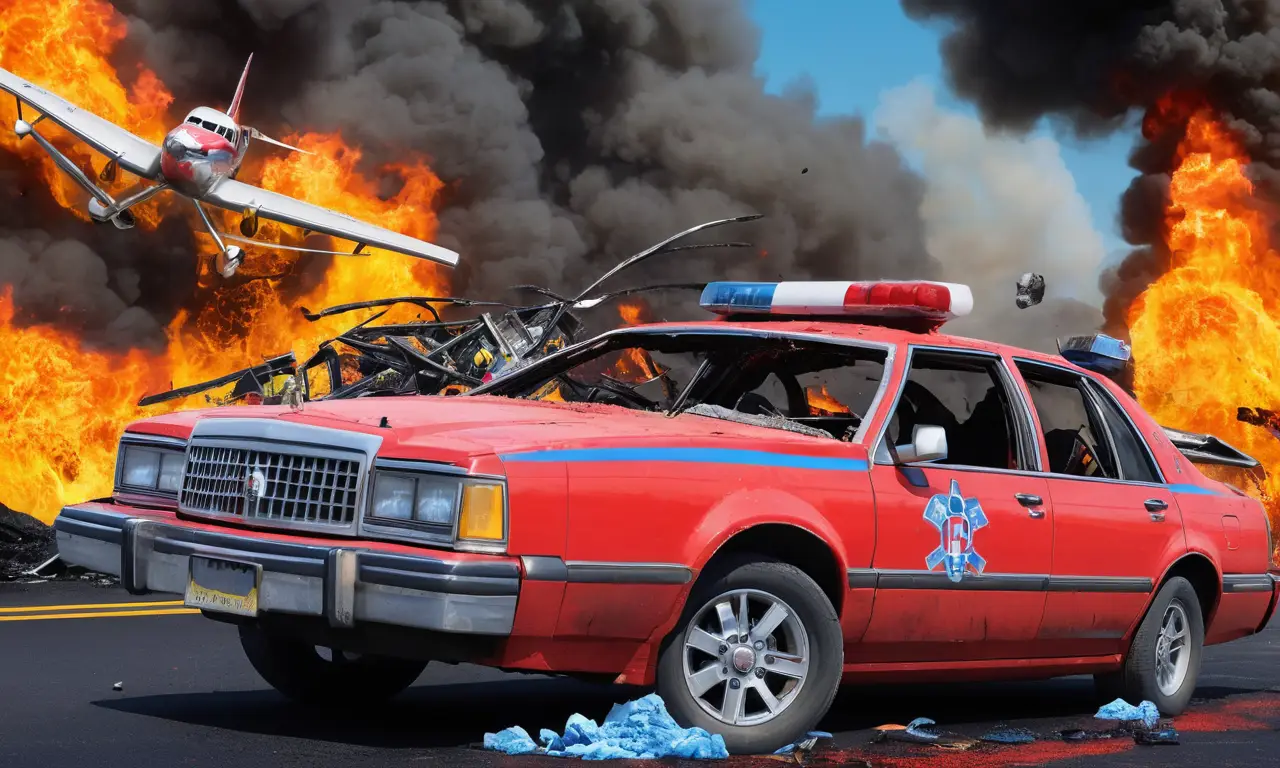
The world relies heavily on transportation systems for daily life, work, and leisure. While both cars and planes offer efficient ways to travel, they come with inherent risks. Understanding the differences between car crashes and plane crashes, including their frequency, causes, and potential consequences, is crucial for informed decision-making and promoting safety. This article delves into these aspects, providing a comprehensive overview of the unique challenges associated with each mode of transportation.
This article will explore the frequency of both car crashes and plane crashes, examining the factors that contribute to their occurrence. We’ll then delve into the specific causes of each type of accident, highlighting the distinct risks involved. Finally, we’ll analyze fatality rates in both scenarios and discuss safety measures implemented to mitigate these risks.
Car Crashes vs Plane Crashes Frequency
Car crashes are undeniably more common than plane crashes. This is largely due to the sheer number of vehicles on the road globally. Millions of cars traverse roads every day, increasing the probability of collisions. In contrast, air travel remains a relatively niche mode of transportation, with far fewer flights and passengers compared to the vast network of roadways.
Despite their lower frequency, plane crashes tend to attract significant media attention due to their often catastrophic consequences. The high number of fatalities in a single plane crash amplifies its impact on public perception. However, statistically speaking, car accidents pose a far greater threat to individual safety on a daily basis.
Causes of Car Crashes

Driver error is the leading cause of car crashes. This encompasses a wide range of behaviors, including speeding, distracted driving (e.g., texting or using mobile devices), driving under the influence of alcohol or drugs, and fatigue. Inadequate driver training and experience can also contribute to accidents.
Road conditions play a significant role in car crash frequency. Poorly maintained roads with potholes, uneven surfaces, or inadequate lighting increase the risk of collisions. Adverse weather conditions such as rain, snow, or fog further exacerbate these dangers by reducing visibility and traction.
Mechanical failures in vehicles can also lead to car crashes. Brake malfunctions, tire blowouts, steering problems, and engine issues can all contribute to accidents. Regular vehicle maintenance is crucial for preventing these mechanical failures and ensuring safe operation.
Causes of Plane Crashes
While pilot error has historically been a contributing factor in some plane crashes, advancements in aviation technology and training have significantly reduced its prevalence. Modern aircraft are equipped with sophisticated safety systems, and pilots undergo rigorous training programs to minimize human error.
Mechanical failures remain a significant concern in aviation. Engine malfunctions, structural issues, and electrical problems can all lead to catastrophic accidents. Stringent maintenance protocols and regular inspections are essential for identifying and addressing potential mechanical defects before they result in crashes.
Weather events pose a substantial risk to air travel. Severe thunderstorms, high winds, icing conditions, and fog can severely impair visibility and create hazardous flying conditions. Pilots must carefully assess weather forecasts and make informed decisions about flight routes and altitudes to minimize the impact of adverse weather.
Fatality Rates in Accidents

Car crashes result in a significantly higher number of fatalities annually compared to plane crashes. This is largely due to the sheer volume of vehicles on the road and the frequency of accidents. However, plane crashes tend to have a higher fatality rate per incident.
The severity of injuries sustained in both types of accidents varies widely depending on factors such as impact speed, vehicle type, and safety features. Modern cars are equipped with advanced safety systems like airbags, seatbelts, and crumple zones that help mitigate the severity of injuries in collisions. Similarly, aircraft are designed with robust safety features and undergo rigorous testing to ensure passenger safety in the event of an accident.
Safety Measures and Risk Mitigation
Numerous safety measures have been implemented to reduce the frequency and severity of both car crashes and plane crashes. These include stricter traffic laws, increased law enforcement presence, driver education programs, and technological advancements such as anti-lock brakes (ABS) and electronic stability control (ESC).
In aviation, stringent regulations govern aircraft maintenance, pilot training, air traffic control, and weather monitoring. Continuous research and development efforts focus on improving aircraft safety features, developing new technologies to prevent accidents, and enhancing emergency response procedures.
Conclusion
Car crashes and plane crashes, while both serious accidents, differ significantly in terms of frequency, causes, and fatality rates. Understanding these distinctions is crucial for promoting safety measures and mitigating risks associated with each mode of transportation. By implementing effective safety regulations, investing in technological advancements, and fostering responsible behavior among drivers and passengers, we can strive to minimize the occurrence of these tragic events and ensure safer journeys for all.
